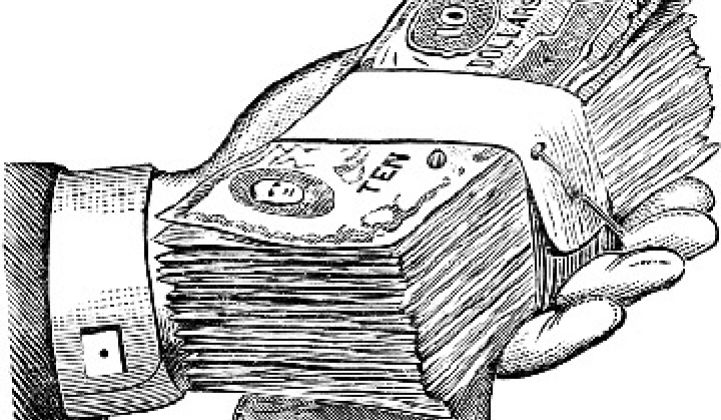These are challenging times to be raising VC funding for a solar company. And it's probably even more difficult if there is a CIGS thin-film stack involved.
But, in a bit of positive news, MiaSolé, a manufacturer of copper indium gallium selenide (CIGS) thin-film photovoltaic solar panels, just announced that the firm has won $55 million in new funding from mostly existing investors.
I spoke with MiaSolé's new CEO, John Carrington.
Carrington said the original raise was intended to be $40 million but was eventually "oversubscribed" at $55 million. The funding "primarily came from insiders," according to the CEO.
Existing investors include Voyageur Mutual Funds, Kleiner Perkins, Firelake Capital, and VantagePoint Venture Partners, et al. Board members include KP's John Doerr, Firelake's Marty Lagod, VantagePoint's Stephan Dolezalek, and Rob Chandra of Bessemer. The firm has raised in the neighborhood of $550 million in VC funding since its founding in 2004.
Unlike, say, Nanosolar, which took a ruthless hit on valuation in its recent $20 million raise, Carrington said that MiaSolé's valuation was not changed in this round. MiaSolé raised most of a $125 million round F in February of last year at a pre-money valuation of $550 million.
The points Carrington continues to hit on are that MiaSolé is executing on its efficiency goals with 14 percent efficient panels in production now and 15 percent achievable in production by the end of the year. The funding is to keep improving and executing on the efficiency roadmap.
The other point that Carrington stresses is that the firm's capex is $0.50 per watt, which betters that of leading cadmium telluride thin-film panel maker First Solar, as well as the crystalline silicon vendors.
Obviously, $55 million doesn't allow for capacity expansion from the firm's current 150 megawatts, but first that current capacity has to be sold and shipped. MiaSolé has deployed over 55 megawatts of solar modules to-date.
In MiaSolé's favor is a remarkable trajectory of efficiency improvement. Panel efficiency has grown by more than 30 percent from 2011 to 2012. The CEO said that the firm was also working on a flexible rolled rooftop solar product and that the gap in market success (see ECD) in flexible solar was the low efficiency values offered until now.
This funding gives the company some breathing room to improve performance and cut costs in 2012 in a pitiless solar market.
We published a technical presentation from the firm earlier this week.
_604_464_80.jpg)



